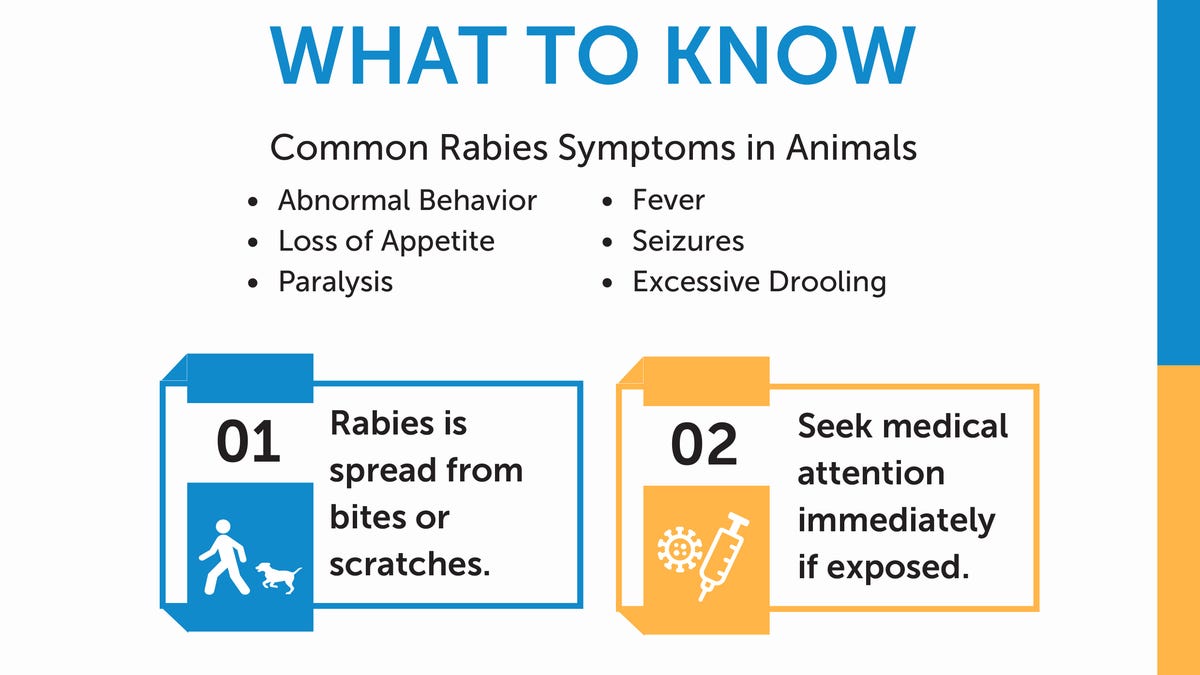After the second confirmed case of rabies in the Amarillo area happened last month, the city of Amarillo sent out a warning to the public to increase rabies awareness. Kris Shaffer, the city assistant director of Amarillo Animal Management and Welfare, spoke about the importance of rabies vaccination for pets and the steps to take to prevent exposure.
He said that the two confirmed rabies cases are way down from prior years in the Texas Panhandle, but residents should still take precautions to protect themselves and their animals.
“While this is nothing to be alarmed about, we want people to know this is an issue that residents need to keep an eye out for,” Shaffer said. “You need to ensure that you are vaccinating your animals, your animals are not playing with wild animals and that your children are not playing with wild animals or going up to strange animals.”
Shaffer said that one thing that leads to animal bites that many people do not think much of is feeding wild or stray animals.
“If you are feeding stray cats, other animals such as skunks are going to go for free food and then they end up possibly biting other animals,” Shaffer said. “We just want to make sure that everyone is aware that they need to take precautions because rabies is here in Texas.”
According to Shaffer, any mammal can get rabies, but the most common are raccoons, skunks, bats, foxes and coyotes. He said that if normally nocturnal animals are running around during the day, that odd activity could indicate that these animals have an issue.
“If you see these animals in your yard, get your kids and animals away,” Shaffer said. “You can trap them, and we will come out and get those trapped animals.”
Shaffer said that if a resident traps a suspected animal, they should avoid contact with the animal and call animal management to deal with it to avoid being bitten. If people see these animals under their porches or sheds, Shaffer urges that residents not ignore the presence of these wild animals.
According to the Centers for Disease Control and Prevention, if an animal bites a vaccinated animal, it should be kept under observation for about 45 days. If any symptoms develop, a veterinarian should evaluate the animal for further steps. If the animals have been previously vaccinated but are overdue, the same steps should be taken.
The incubation period for the disease can be up to three months, showing no signs until it reaches the salivary glands, which at that point it will begin to show signs of the disease.
The Amarillo Animal Management and Welfare website gives these tips for what to do after exposure to a possible rabid animal.
If exposed to a potentially rabid animal, wash the wound thoroughly with soap and water, and seek medical attention immediately. A health care provider will care for the wound and will assess the risk for rabies exposure.
The following information will help your healthcare provider assess your risk:
- The geographic location of the incident
- The type of animal that was involved
- How the exposure occurred (provoked or unprovoked)
- The vaccination status of animal
- Whether the animal can be safely captured and tested for rabies
After contacting their health care provider, residents should contact animal management at 806-378-3092 to begin an investigation and check the animal for rabies symptoms.
